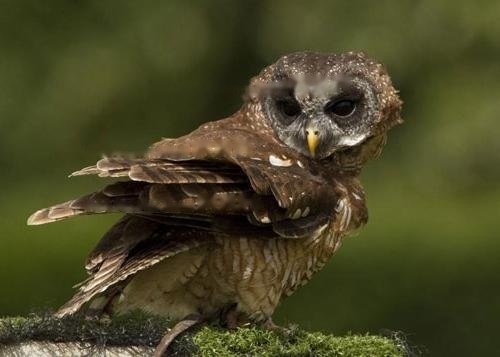We all know that snakes are cold-blooded animals. Snakes will enter hibernation on their own when the weather is cold, but when we keep snakes as pets, we believe that people often Some ideas will come up, I want to do some experiments, put the snake in the refrigerator to let the snake hibernate, but we often don't know whether the snake will die or whether it will affect the snake! Let's answer it below Ask him this!

First of all, hibernation doesn't start in a few hours, it needs a process, as the weather gets cooler, snakes The body temperature also gradually decreased, and finally entered hibernation. Waking up is also because of a gradual recovery of the temperature, not an instant temperature rise.
According to measurements, snakes generally eat very little when the temperature is 15°C, and migrate to the vicinity of the wintering place; when the outside temperature drops to 8-6°C, the snakes stop moving; When the temperature is 3-2°C, the snake falls into a state of paralysis; if the body temperature of the snake drops below -2°C or the outside temperature drops below -5°C, it will freeze to death.
Secondly, most snakes choose their hibernation sites on leeward, sunny, dry hillsides or mounds. Rodents hibernate in burrows. To hibernate successfully, burrowing snakes and some burrowing snakes can extend their burrows deeper. The depth required for the hibernation site depends on the climate and thermal conductivity of the soil, the orientation of the hole, the size of the hole, prevailing wind directions, and the nature and amount of surrounding vegetation.
And when snakes hibernate, they like to live in groups. Often there are as few as three or five, as many as dozens or even hundreds of snakes in a hibernation cave. With the approach of winter, snakes have the instinct to swarm, and sometimes several snakes will live together in a cave, and the reason is not the lack of suitable hibernation places. The obvious benefit of this flocking behavior is that many snakes huddled together will expose less surface area than would be exposed by hibernating alone, allowing them to store more of the very little heat in their bodies. Snakes living in groups can also increase body temperature by 1 to 3 °C.
Every spring, a surging sea of snakes appears in the Narcissus Wildlife Management Area in Manitoba, Canada. This tangle of thousands of red-sided garter snakes is believed to be the largest sea of snakes in the world. After a long hibernation, the snakes come out to breathe, play, and mate.
Simply put, choose dry and warm caves to live in, and like to live in groups to raise the temperature to enter hibernation. Although it is cold in the refrigerator, there is no warm and dry place, only freezing to death!
Finally, hibernation is a defense mechanism against the harsh natural environment, it is consumption, not cultivation. Snakes will hibernate only after they have accumulated sufficient nutrients in their bodies. If they hibernate every month, snakes often die during or after hibernation due to insufficient food intake before hibernation, insufficient accumulation of nutrients or insufficient health of the snake itself. Under natural conditions, the death rate of snakes during hibernation is 1/3 to 1/2, not to mention that hibernation is carried out every month in the refrigerator. Isn't this courting death?
![[Dog Training 5] The training method of pet dog dining etiquette](/static/img/12192/12192_1.jpg)




